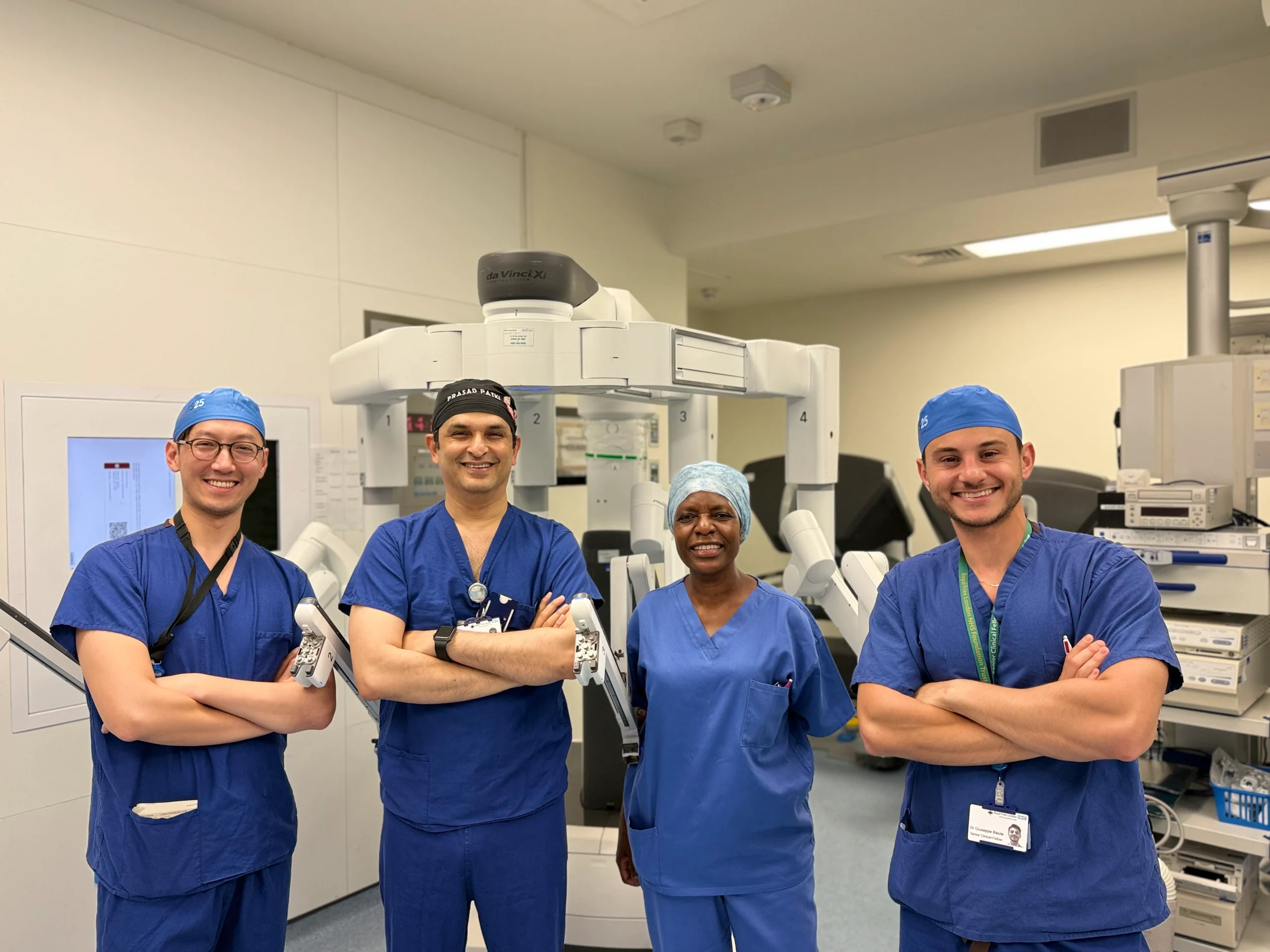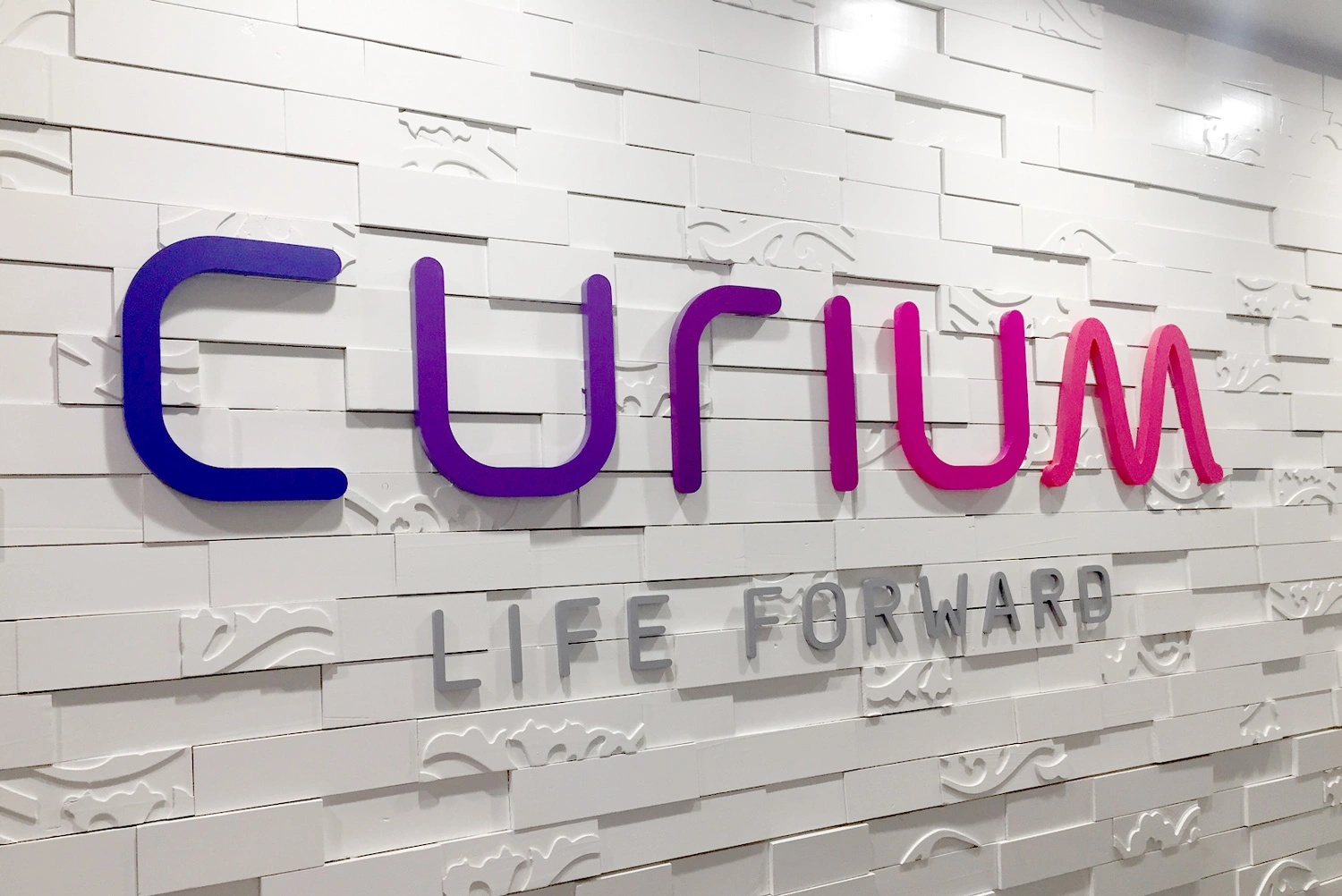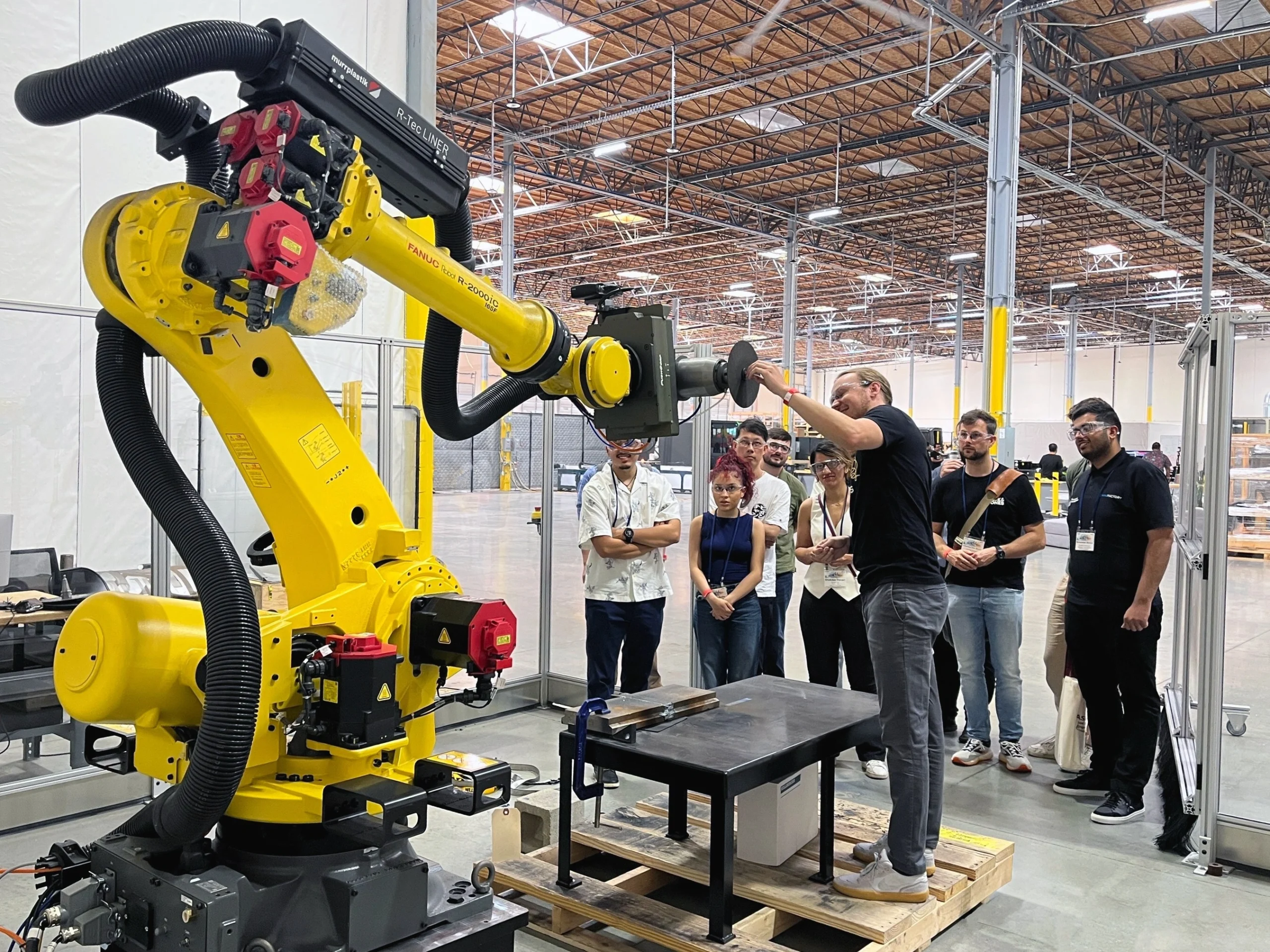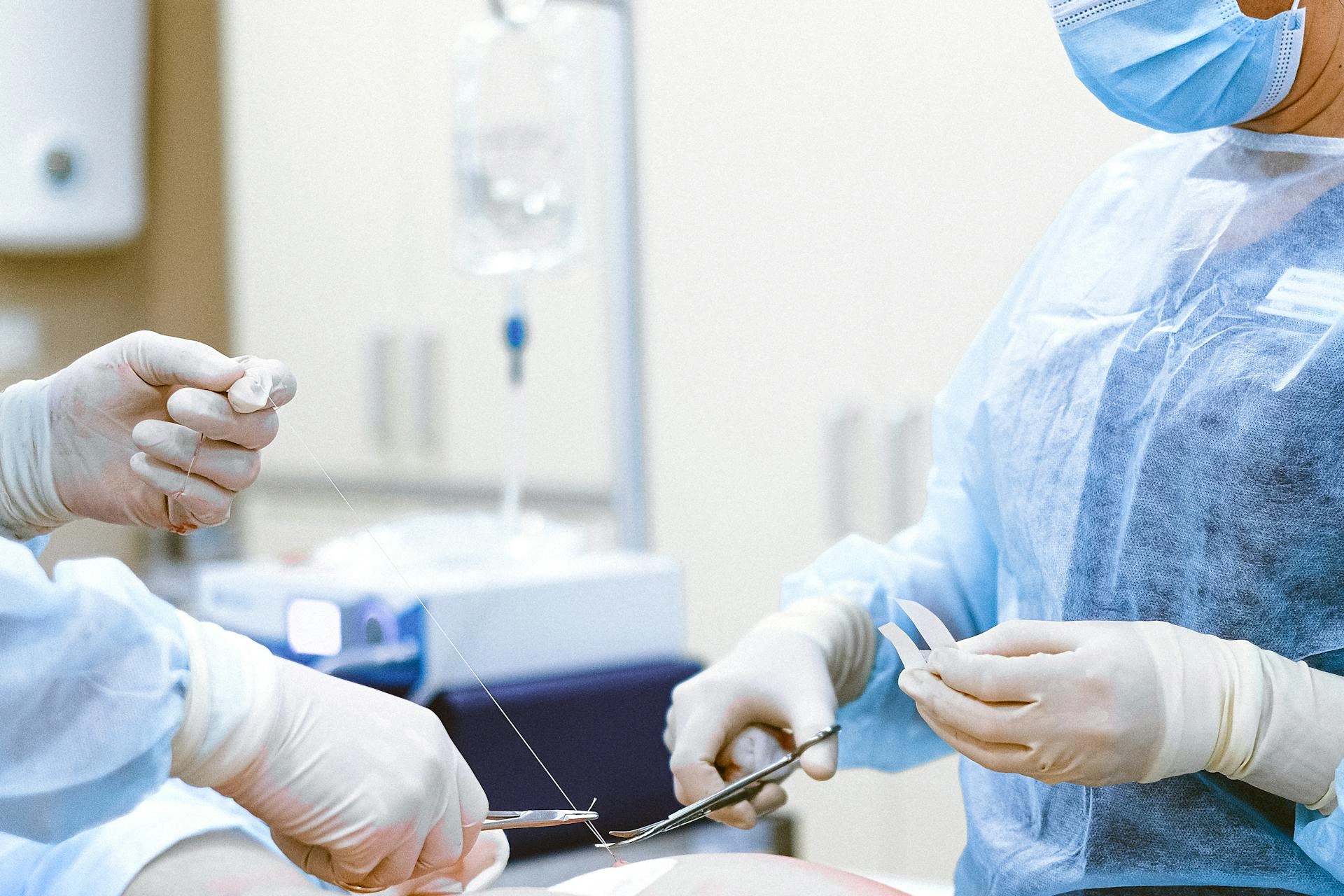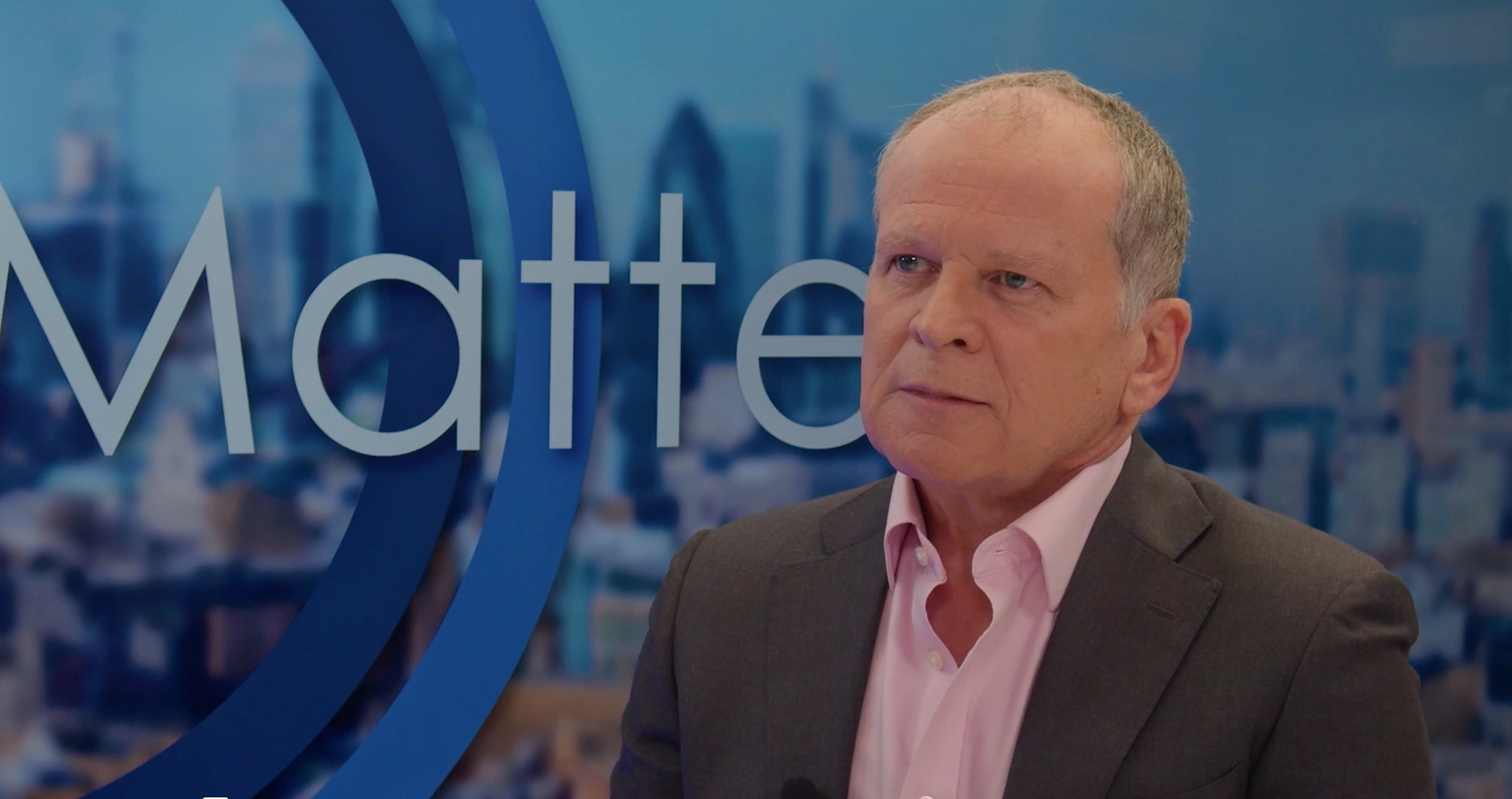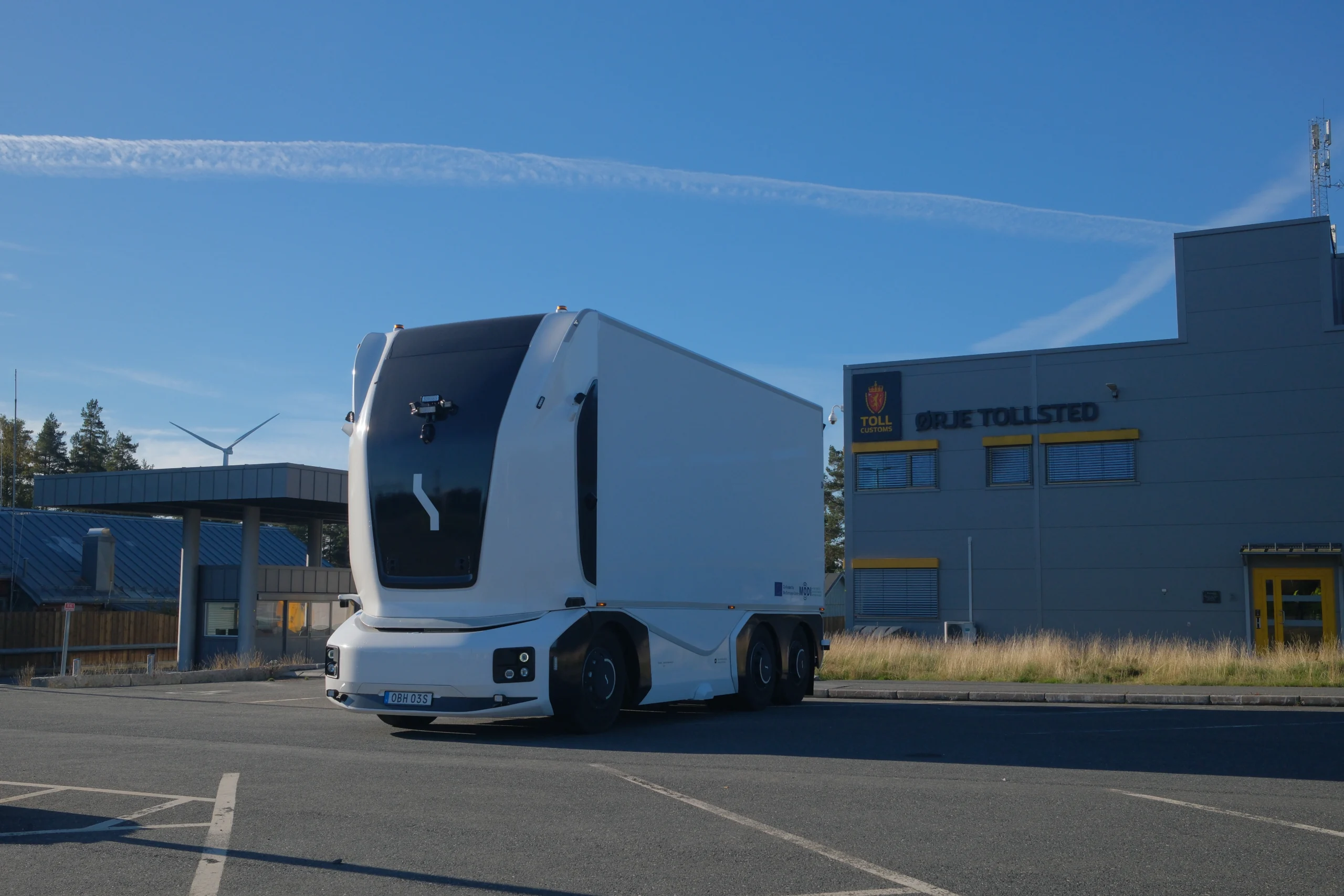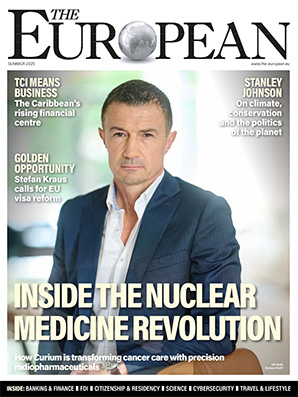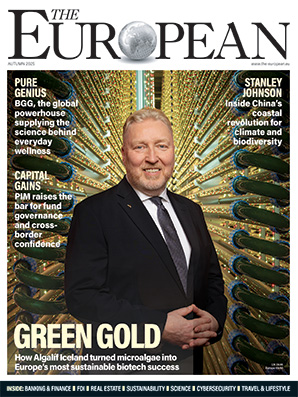Moving cities forward

John E. Kaye
- Published
- Business Travel, Home, Technology

The EU’s GALILEO 4 Mobility project uses geospatial technologies to advance urban mobility, so getting from A to B within a city has never been easier
Urban mobility is evolving faster than ever. With innovations such as Mobility as a Service (MaaS) allowing travellers to access different mobility services via a click of their smartphone, moving around a city has never been easier. However, this can only happen if the location information is readily available and accurate. When making a journey using different modes of transport, real-time geopositioning of users and vehicles plays a key role. And besides being needed for planning transport routes, it also allows for on-board information that informs passengers about disruptions.
Piloting makes perfect
The European GNSS Agency (GSA) advances the use of geolocation technologies to improve urban mobility through various initiatives. One of its key projects, GALILEO 4 Mobility, focuses specifically on GALILEO technology, the Global Navigation Satellite System (GNSS) created by the EU. Starting in 2017, the project adopts GALILEO technology within a MaaS context, enhancing the continuity and ease of shared mobility services in urban environments. GALILEO 4 Mobility features a consortium of 11 partners, the International Association of Public Transport (UITP) is among them, and is coordinated by engineering company Pildo Labs.
The core component of GALILEO 4 Mobility involves a series of pilots: the project is conducting demonstrations in and around Barcelona, Paris, and Thessaloniki. While different in execution, the pilots test and evaluate how mobility services can be improved by integrating GALILEO technology – from a taxi-sharing service in Thessaloniki, to a shared e-bike service in Paris, and the MaaS application in Barcelona.
Improving mobility in Barcelona
The last of the pilots began in February, and included a bus-on-demand pilot in Cervelló, a small town near Barcelona. This is a collaboration between Pildo and Metropolitan Area of Barcelona (AMB) and addresses the low usage of bus services in the area. During the pilot, a GALILEO-enabled bus complements the existing lines and routes according to demand. Using an app, citizens can reserve seats by indicating origin, destination, and time of desired trip. GALILEO technology provides users with a more precise positioning of the vehicle, and helps drivers to correctly execute the planned itinerary.
The pilot will provide valuable lessons to AMB. Insights will be used to validate the suitability of on-demand bus services for low density areas and – if the pilot gives positive results – the service could be deployed in many other territories, including those where it wasn’t economically viable before.
GALILEO 4 Mobility was completed on 30 June, but the wider work continues. Pildo Labs recently launched project spin-off Nemi: a tool that commercialises developments made during the project enabling the operation of demand-responsive public transport services. Finally, in January GSA launched ARIADNA, a new project that to some extent can be considered as a natural continuation of Galileo 4 Mobility. It also promotes the benefits of deploying this technology in public transport and supports the creation of strategic partnerships between EGNSS and urban mobility/public transport actors.
Galileo 4 Mobility received funding from the European Global Navigation Satellite Systems Agency under grant agreement No 776381.
Further information
Sign up to The European Newsletter
RECENT ARTICLES
-
 AI innovation linked to a shrinking share of income for European workers
AI innovation linked to a shrinking share of income for European workers -
 Europe emphasises AI governance as North America moves faster towards autonomy, Digitate research shows
Europe emphasises AI governance as North America moves faster towards autonomy, Digitate research shows -
 Surgeons just changed medicine forever using hotel internet connection
Surgeons just changed medicine forever using hotel internet connection -
 Curium’s expansion into transformative therapy offers fresh hope against cancer
Curium’s expansion into transformative therapy offers fresh hope against cancer -
 What to consider before going all in on AI-driven email security
What to consider before going all in on AI-driven email security -
 GrayMatter Robotics opens 100,000-sq-ft AI robotics innovation centre in California
GrayMatter Robotics opens 100,000-sq-ft AI robotics innovation centre in California -
 The silent deal-killer: why cyber due diligence is non-negotiable in M&As
The silent deal-killer: why cyber due diligence is non-negotiable in M&As -
 South African students develop tech concept to tackle hunger using AI and blockchain
South African students develop tech concept to tackle hunger using AI and blockchain -
 Automation breakthrough reduces ambulance delays and saves NHS £800,000 a year
Automation breakthrough reduces ambulance delays and saves NHS £800,000 a year -
 ISF warns of a ‘corporate model’ of cybercrime as criminals outpace business defences
ISF warns of a ‘corporate model’ of cybercrime as criminals outpace business defences -
 New AI breakthrough promises to end ‘drift’ that costs the world trillions
New AI breakthrough promises to end ‘drift’ that costs the world trillions -
 Watch: driverless electric lorry makes history with world’s first border crossing
Watch: driverless electric lorry makes history with world’s first border crossing -
 UK and U.S unveil landmark tech pact with £250bn investment surge
UK and U.S unveil landmark tech pact with £250bn investment surge -
 International Cyber Expo to return to London with global focus on digital security
International Cyber Expo to return to London with global focus on digital security -
 Cybersecurity talent crunch drives double-digit pay rises as UK firms count cost of breaches
Cybersecurity talent crunch drives double-digit pay rises as UK firms count cost of breaches -
 Investors with €39bn AUM gather in Bologna to back Italy’s next tech leaders
Investors with €39bn AUM gather in Bologna to back Italy’s next tech leaders -
 Axians and Nokia expand partnership to strengthen communications infrastructure across EMEA
Axians and Nokia expand partnership to strengthen communications infrastructure across EMEA -
 Forterro buys Spain’s Inology to expand southern Europe footprint
Forterro buys Spain’s Inology to expand southern Europe footprint -
 Singapore student start-up wins $1m Hult Prize for education platform
Singapore student start-up wins $1m Hult Prize for education platform -
 UK businesses increase AI investment despite economic uncertainty, Barclays index finds
UK businesses increase AI investment despite economic uncertainty, Barclays index finds -
 Speed-driven email security: effective tactics for phishing mitigation
Speed-driven email security: effective tactics for phishing mitigation -
 Short circuit: humanoids go for gold at first 'Olympics for robots'
Short circuit: humanoids go for gold at first 'Olympics for robots' -
 New IBM–NASA AI aims to forecast solar flares before they knock out satellites or endanger astronauts
New IBM–NASA AI aims to forecast solar flares before they knock out satellites or endanger astronauts -
 AI is powering the most convincing scams you've ever seen
AI is powering the most convincing scams you've ever seen -
 British firm Skyral to help Mongolia tackle pollution with AI traffic modelling
British firm Skyral to help Mongolia tackle pollution with AI traffic modelling



